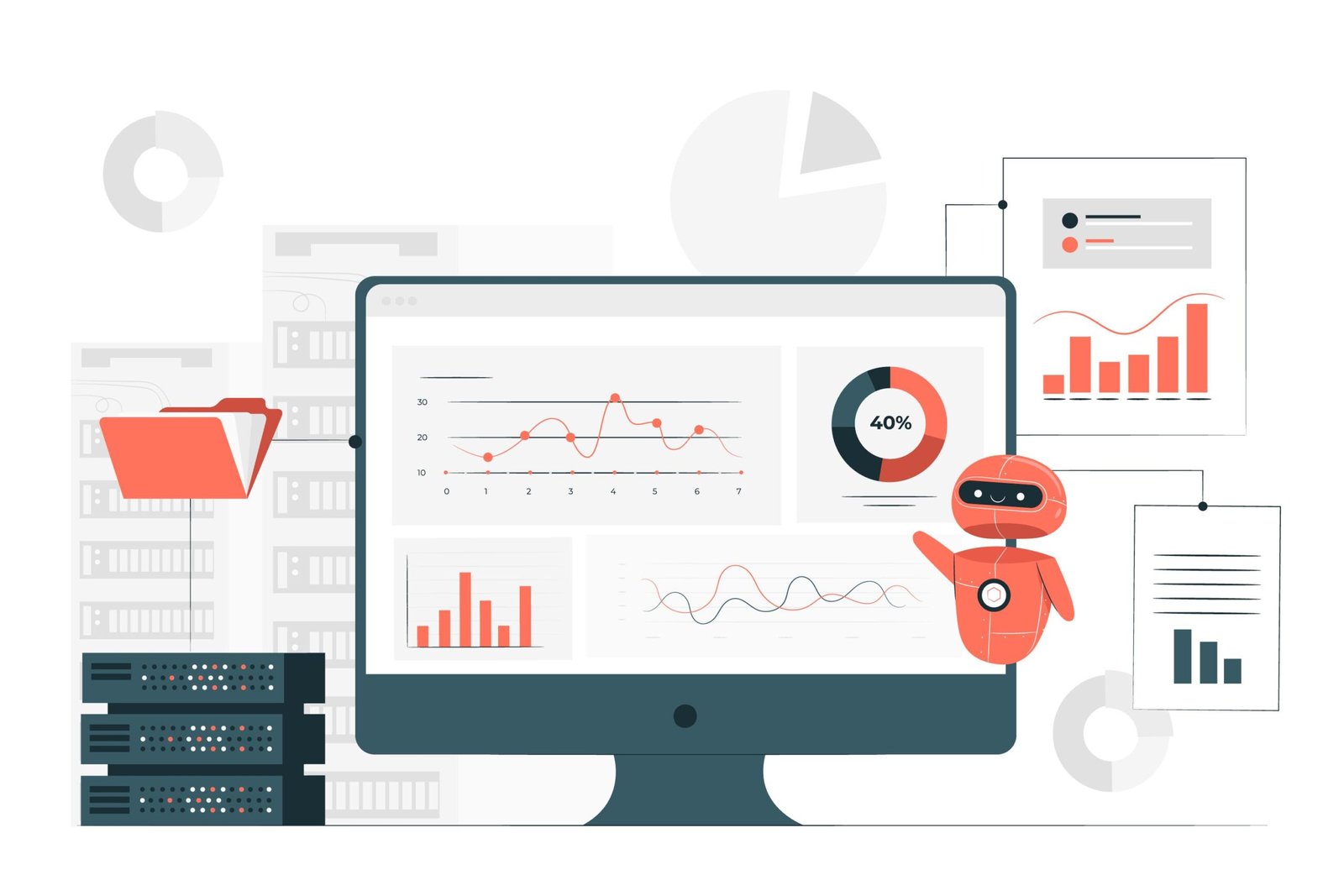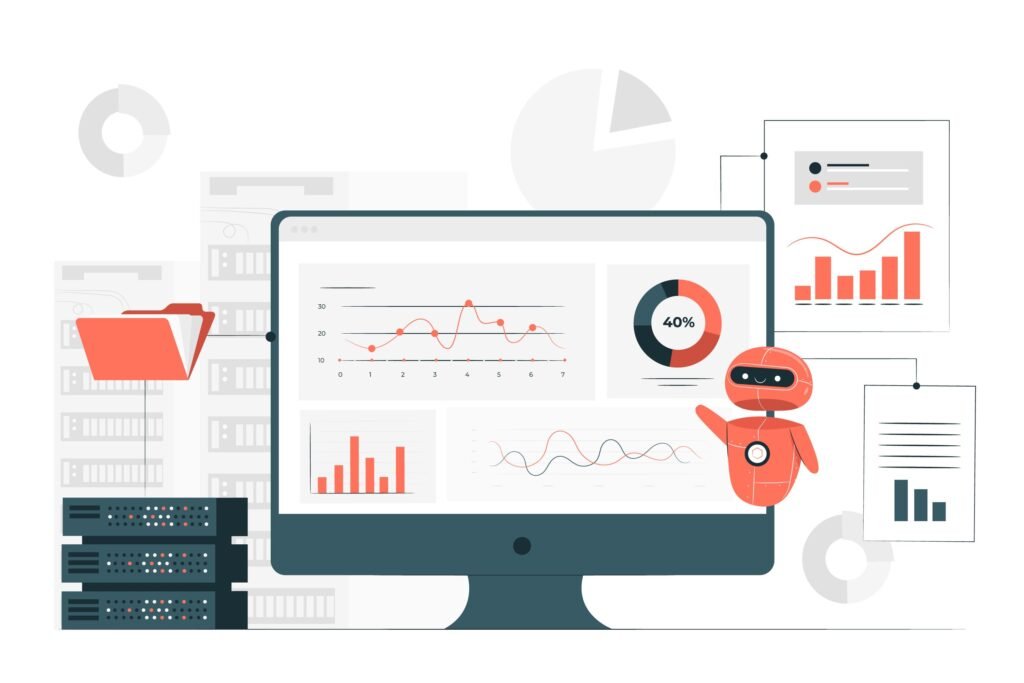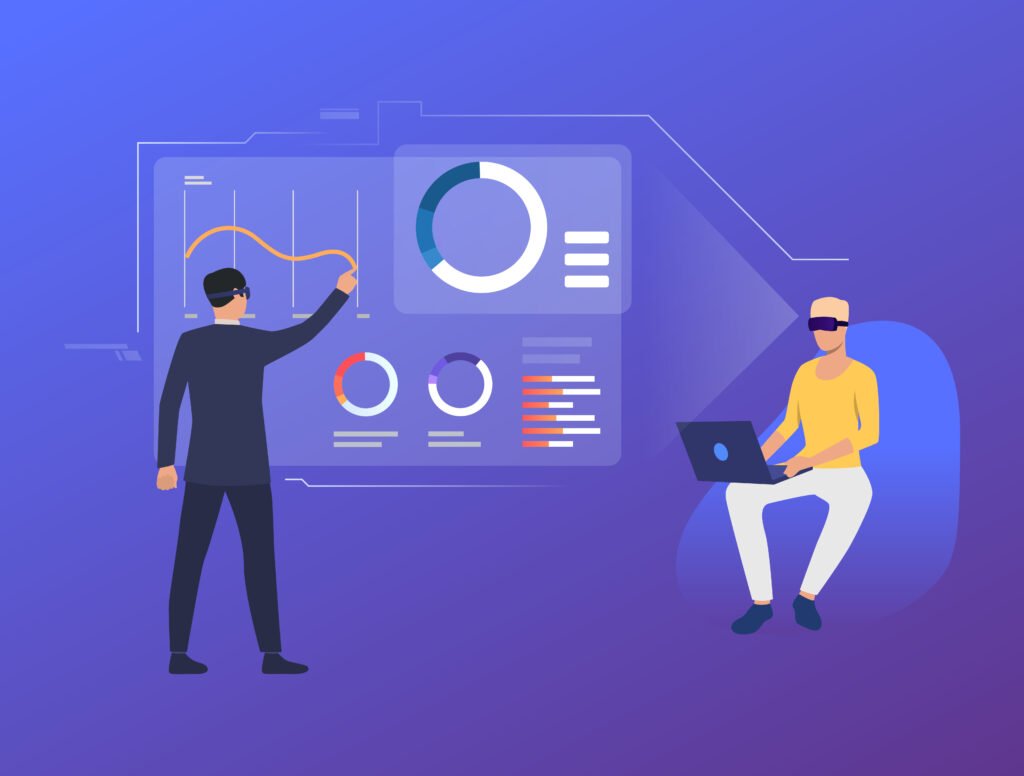Introduction
In the fast-paced world of B2B marketing, finding high-quality leads is a challenge. But identifying which leads are likely to convert? That is where many teams struggle. This is where predictive analytics can step in and offer a smarter approach to B2B lead scoring.
In this blog, we’ll explore how predictive analytics is reshaping B2B lead scoring, why it’s more reliable than traditional methods, and how your business can start using it for better conversion outcomes.
What Is Predictive Analytics?
Predictive analytics involves using historical data, machine learning, and statistical algorithms to forecast future outcomes. In the context of B2B marketing, it means analyzing past behaviors, demographic data, and engagement patterns to predict which leads are most likely to convert.
Unlike traditional lead scoring, which assigns values based on static rules, predictive analytics offers a dynamic and continuously improving system. It learns from your data and refines itself over time, making it more accurate the longer it’s used.
Why Traditional Lead Scoring Falls Short
Traditional lead scoring typically relies on a rule-based system. For example, a lead gets 10 points for downloading a whitepaper, 5 points for opening an email, and 20 points for requesting a demo. These scores are assigned based on assumptions rather than data.
This method has several problems:
- It is rigid and hard to scale
- It can lead to false positives or negatives
- It lacks personalization
- It does not adapt over time
As buyer behavior becomes more complex and multi-channel, this one-size-fits-all method becomes less effective.
How Predictive Analytics Improves Lead Scoring
Predictive analytics takes a more scientific approach. Here’s how it changes the game:
1. Data-Driven Accuracy
Instead of relying on assumptions, predictive models analyze historical conversion data. They look at patterns among leads that converted and compare them with current leads to assess the likelihood of conversion.
2. Dynamic Scoring
Predictive lead scoring evolves. As your lead database grows and more data becomes available, the model updates itself. It continuously learns from new interactions.
3. Behavioral Insights
These models can consider hundreds of variables like email opens, click-through rates, web visits, CRM notes, social media activity, and more. This offers a fuller picture of lead intent.
4. Segment Personalization
You can create custom scoring models for different buyer personas or industries. For example, leads from the healthcare industry might follow a different buying journey than those from finance.
5. Better Sales and Marketing Alignment
When lead scoring becomes more accurate, sales teams trust the leads handed over by marketing. This improves collaboration and increases close rates.

The Benefits of Smarter B2B Lead Scoring
Implementing predictive analytics offers both short-term wins and long-term advantages.
Higher Conversion Rates
By focusing on leads most likely to convert, your sales team can spend more time closing and less time chasing dead ends.
Faster Sales Cycles
With more accurate lead prioritization, deals move through the funnel more quickly.
Improved ROI
Marketing campaigns become more cost-efficient when efforts target only the highest-value leads.
Scalable Growth
As your lead volume increases, predictive models scale effortlessly, helping maintain efficiency without needing more manual input.
How to Implement Predictive Lead Scoring
1. Collect and Clean Your Data
Predictive models are only as good as the data you feed them. Make sure your CRM, marketing automation, and website analytics are integrated and accurate. Remove duplicates, fill in missing information, and ensure consistent formatting.
2. Identify Key Conversion Metrics
Define what counts as a successful conversion. Is it a booked demo? A signed contract? Knowing this will help train the model effectively.
3. Choose the Right Tools
There are many tools available for predictive lead scoring, such as HubSpot, Salesforce Einstein, 6sense, Leadspace, and MadKudu. Choose one that integrates well with your current stack and meets your budget.
4. Train the Model
Once your data is clean, the system will analyze historical leads and identify common traits among those that converted. These insights are used to score current and future leads.
5. Monitor and Adjust
Predictive models are not set-and-forget. Monitor performance regularly. If the model begins to underperform, retrain it with updated data.
Common Pitfalls to Avoid
Poor Data Quality
Bad data equals bad predictions. Regularly audit your systems to maintain data hygiene.
Lack of Cross-Team Input
Marketing alone should not manage lead scoring. Sales and customer success teams offer valuable insights that improve accuracy.
Not Testing Enough
Always A/B test your scoring models. Run pilot programs and compare performance against traditional methods before scaling.
Ignoring the Human Element
Predictive analytics is a tool, not a decision-maker. Sales reps still need to use judgment. Combine data insights with human experience for best results.
Real-World Success Story
A mid-sized SaaS company implemented predictive lead scoring using data from past customer interactions, sales notes, and website behavior. Within six months:
- Lead-to-opportunity conversion improved by 35 percent
- Sales cycle length reduced by 20 percent
- Marketing campaign ROI increased by 50 percent
These results were possible because the sales team spent more time on qualified leads while marketing fine-tuned campaigns based on predictive insights.
Final Thoughts
Predictive analytics is not just a buzzword. It’s a powerful tool that can transform how B2B companies prioritize leads, allocate resources, and grow revenue.
As competition increases and buyer behavior becomes harder to predict, companies that embrace data-driven methods will stay ahead. Predictive lead scoring helps your teams work smarter, not harder.
If you want better lead quality, higher close rates, and faster growth, predictive analytics might just be the secret weapon your business needs.
Start small, experiment with the right tools, and let your data guide the way to smarter B2B lead scoring.






Leave a Reply